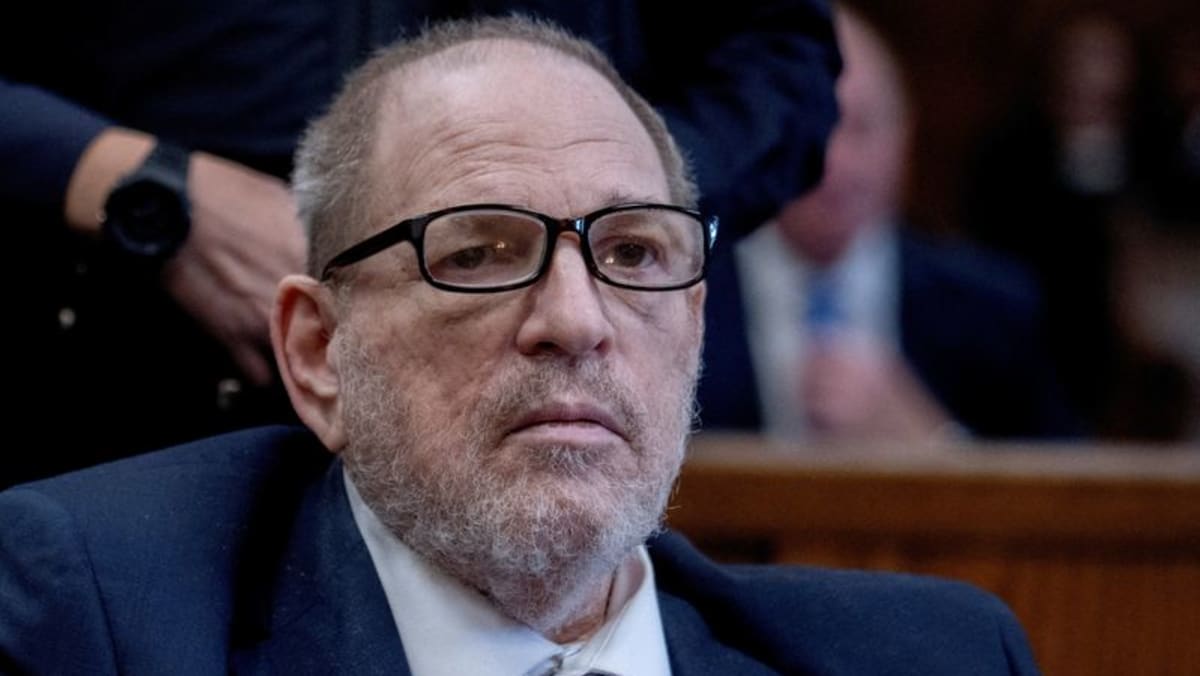SOARING ENERGY CONSUMPTION
Global electricity demand is increasing about twice as fast as overall energy use, and is likely to rise by more than half between 2022 and 2040, according to the association.
This means the world needs significantly more energy supply in the future – specifically cleanly generated electricity, in line with Paris Agreement goals.
Under the treaty, nations agreed to limit warming to 1.5 degrees Celsius to minimise further dangerous levels of climate change.
Today, nuclear power accounts for about 10 per cent of the world’s electricity, with about 440 reactors in more than 30 countries.
It is the second largest source of low-carbon electricity production globally, after hydropower.
Experts have suggested that the role of nuclear power must expand, alongside other forms of low-carbon power generation, to create a sustainable future energy system.
While the capital costs of building a nuclear power plant is higher than infrastructure for other energy sources, the cost of running them is relatively low, said the association.
There are also long-term advantages as the facilities, on average, take fewer than six years to build but have a lifespan of between 60 and 80 years, said Dr Leon.
“This is a very good investment that is going to provide constant, very affordable electricity that is not dependent on the weather, the season, (or) geopolitics,” she said.
SAFETY AND SMRs
However, there are concerns that nuclear power is unstable and risky, on the back of high profile incidents such as Chernobyl and Fukushima, both of which released large amounts of radioactive material into the environment.
Generating nuclear power also produces radioactive waste that needs to be safely managed.
Still, the International Atomic Energy Agency said nuclear power plants are among “the safest and most secure facilities in the world”.
Dr Leon told CNA: “The records state very clearly that nuclear energy is the safest form of producing electricity compared to all the other energy sources, when you look at the total number of fatalities.”
For smaller nations like Singapore, where deploying conventional large nuclear power plants is not viable, small modular reactors (SMRs) are being studied as an alternative.
These advanced nuclear reactors have about one-third of the generating capacity of traditional reactors, at a fraction of the size.
“SMRs will have a role to play in many places… it is potentially a very good choice for Singapore, given the small land mass area,” said Dr Leon, adding that they are possible alternatives for other small or densely populated cities that cannot house conventional reactors.
“If we are serious about meeting the Paris Agreement, we really need to triple global nuclear capacity at the very least, which means that we are going to need a lot more capacity,” she said, adding that this highlights the need for new reactors both large and small.
She said SMRs could also be floating reactors situated on the ocean to save on land mass.













